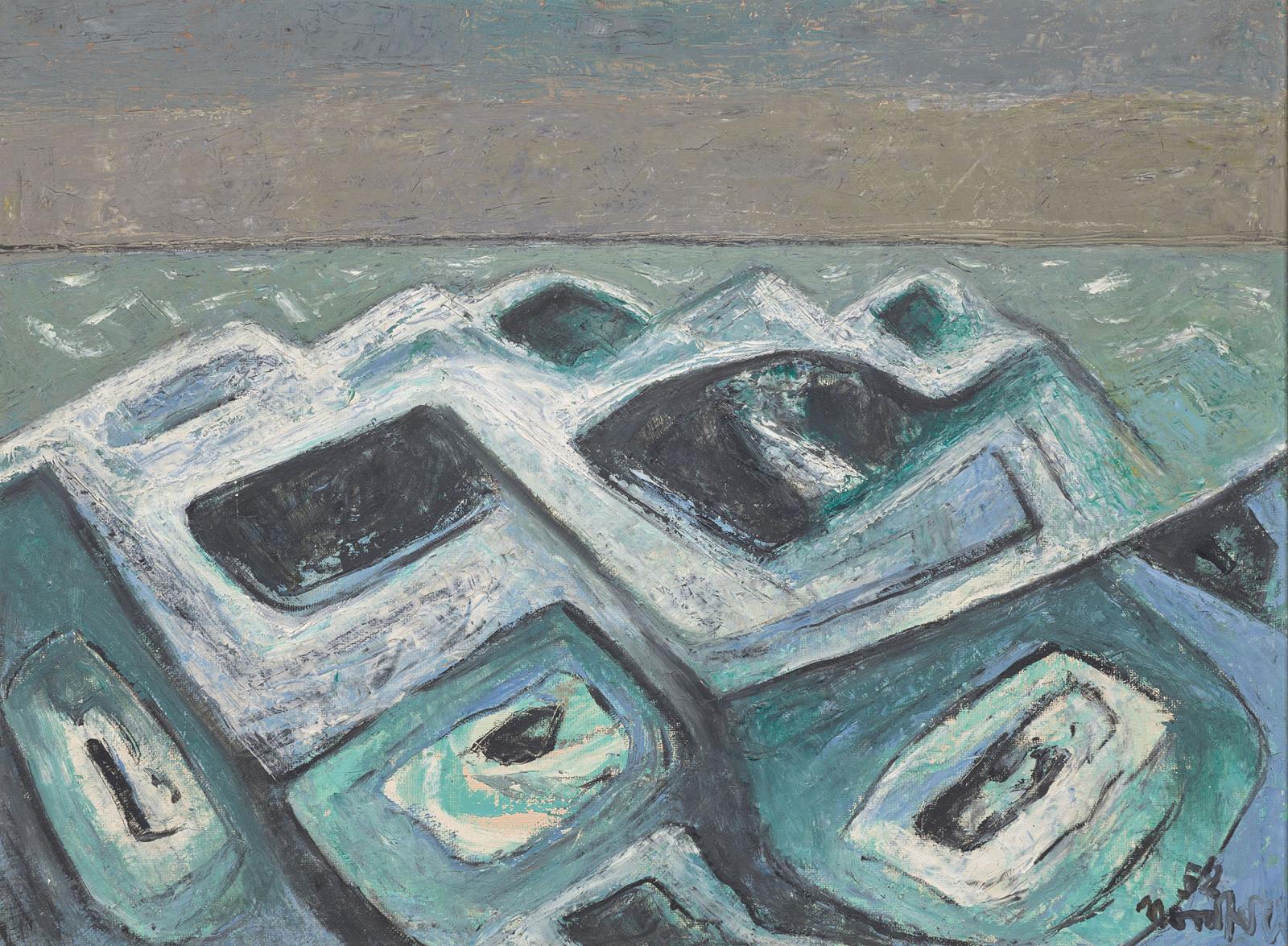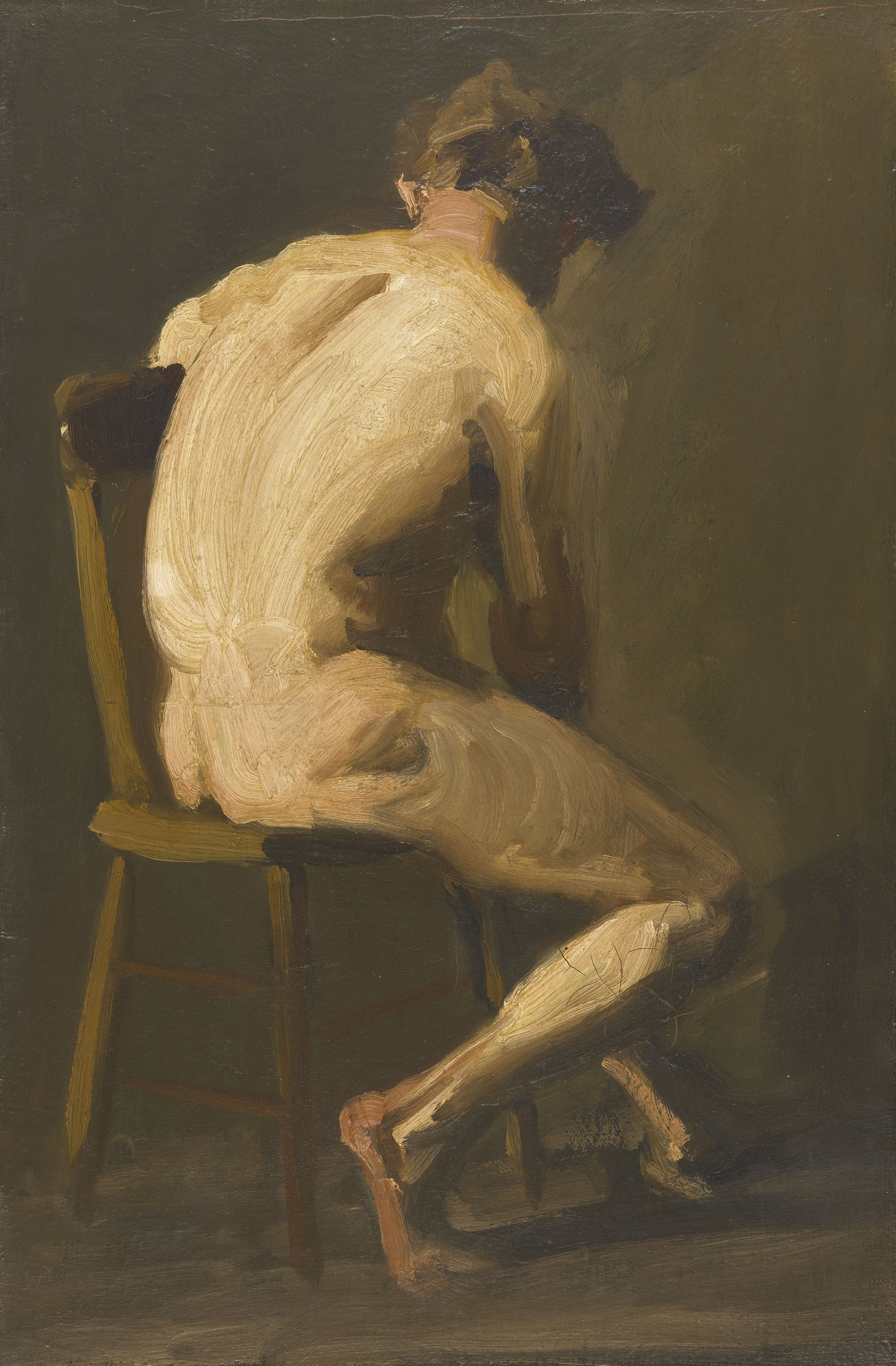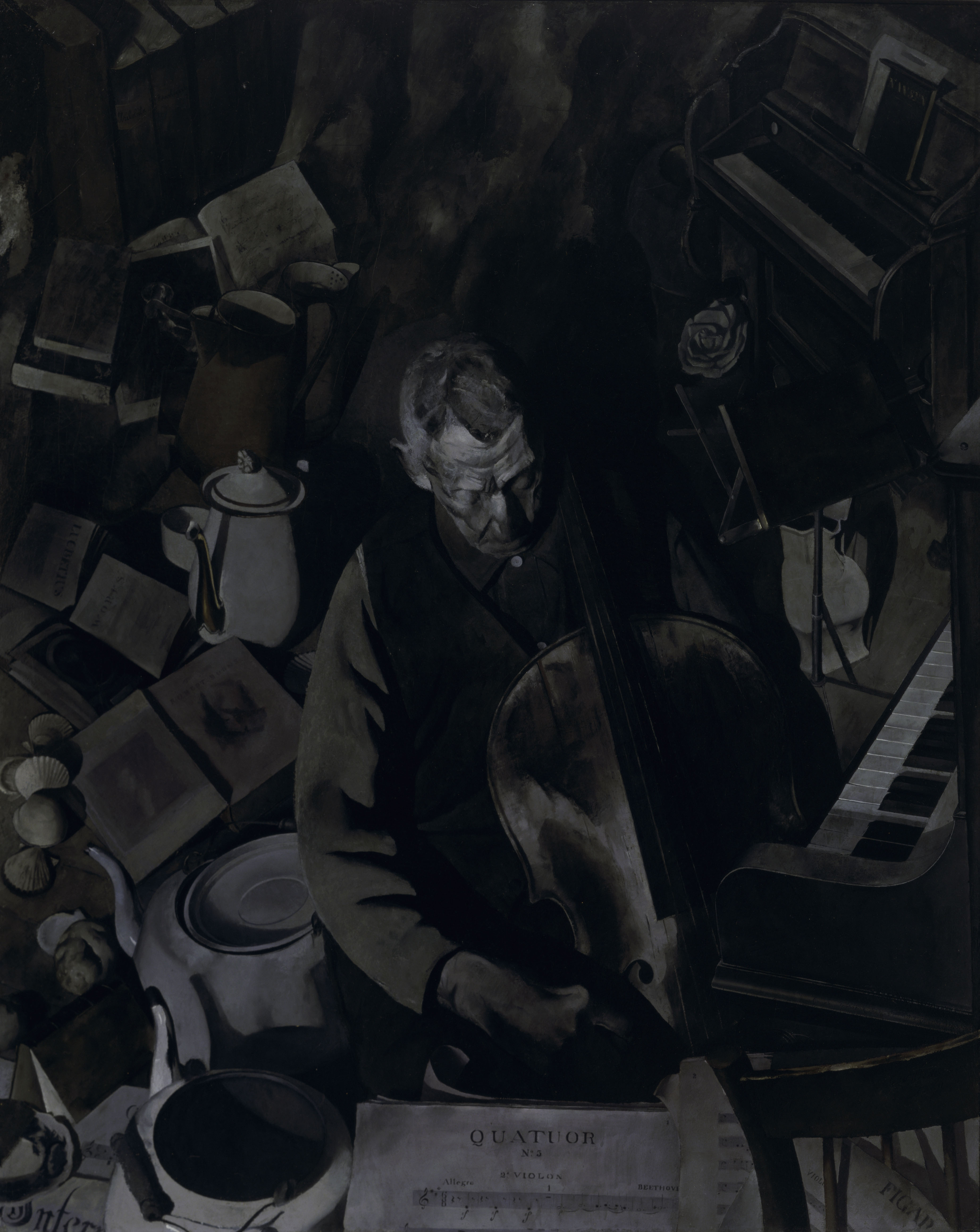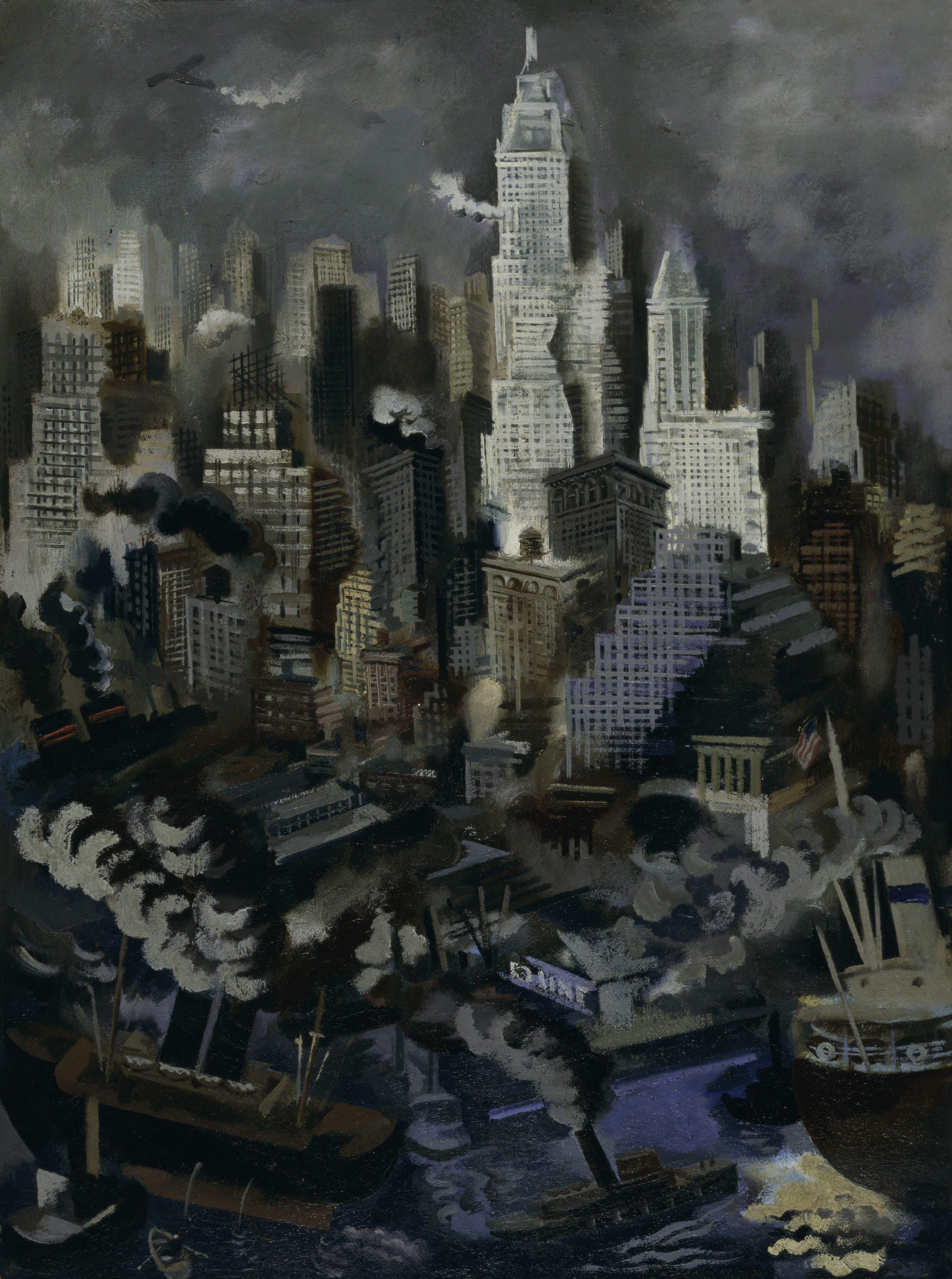Wave

Where is geometry found in nature?
Nordfeldt was attracted to the sea, and it was as a constant source of inspiration. He painted the oceans on both coasts of the United States, including this work. After traveling to the California coast, his wife, Emily, admitted that “the resulting paintings were . . . less rigid, have movement and vibrancy and almost a joyfulness and gaiety about them.” Toward the end of his life, he stripped down his dreamlike compositions to semi-abstract shapes or “idea-bones” in order to express emotion.




